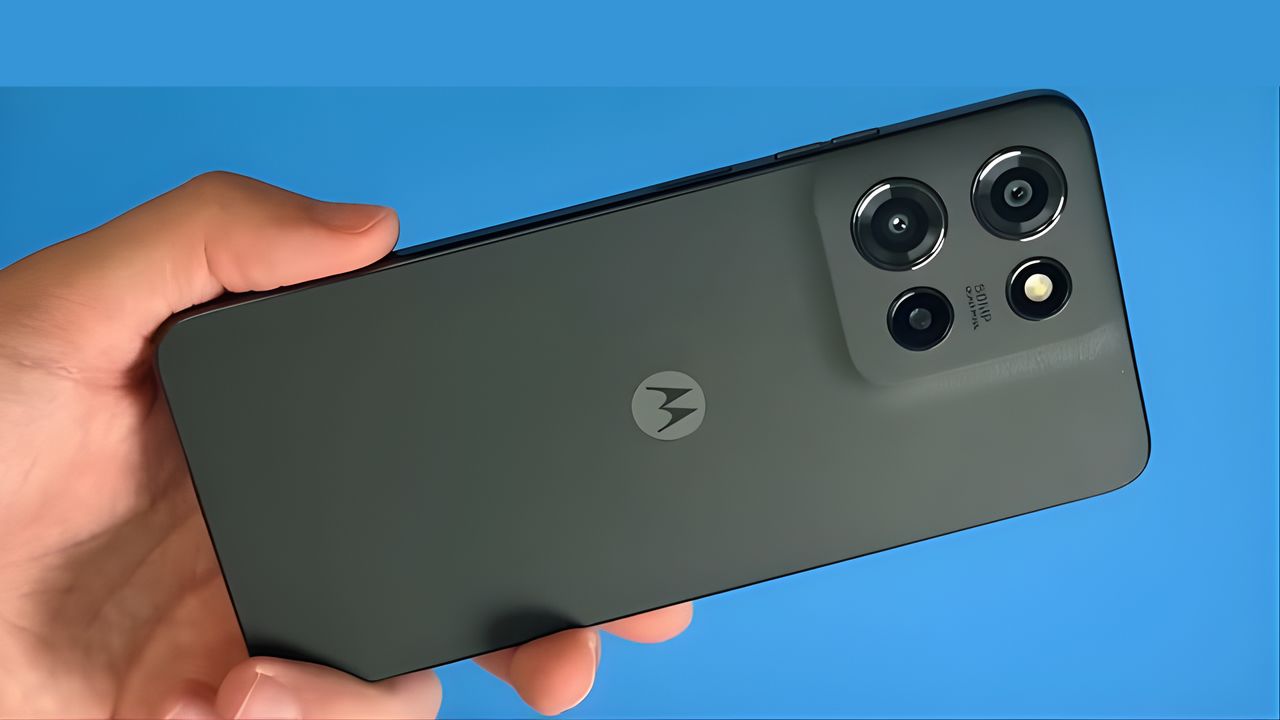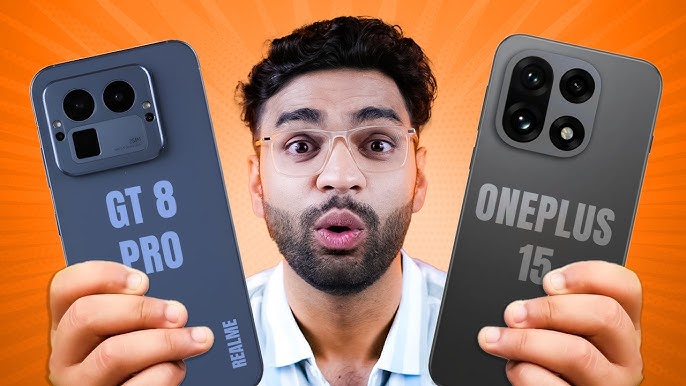🚀 Why the merge makes sense
1. Platform overlap & app experience
- ChromeOS is lightweight, optimized for laptops but lacks powerful native apps.
- Android dominates mobile, but its apps often feel clunky on larger screens—apps like Slack, Discord, and Spotify suffer from poor adaptation.
- Combining the two could bring Android’s vast app library into a polished desktop environment.
2. Technical groundwork already laid
- Since last year, ChromeOS has been built on the Android kernel and stack.
- Android has improved desktop features like better multitasking and mouse/keyboard support—features already present in ChromeOS.
3. Strategic push against rivals and antitrust context
- ChromeOS has a small market share (~2.3%), so Google needs a compelling reason to keep it alive.
- There’s also discontent from regulators over Google’s dominance with Chrome; merging OSes could strengthen Google against potential regulatory action.
🔎 Broader context from recent news
- Google’s Android Ecosystem leadership confirmed the merge is underway and that ChromeOS will run on Android tech.
- The goal is a unified platform spanning phones, tablets, Chromebooks, and potentially AR devices, leveraging Android’s desktop mode and Chrome extensions.
- New Arm-based chips now power more capable, energy-efficient Chromebooks, making one OS across both architectures more practical.
- Integration aims to reduce duplicated development work, unify AI features (like Gemini), and improve app responsiveness on larger screens.
✅ Key takeaways
| Benefit | Description |
|---|---|
| Unified development | One codebase for all devices means faster updates and features. |
| Better app usability | Android apps will function natively and fluidly on desktops. |
| Stronger competition | A unified OS helps Google better compete with the iPad, Windows, and macOS. |
| Regulatory resilience | Merging could help protect ChromeOS and Chromium in the face of antitrust issues. |
🕒 What’s next?
- No specific release date yet, but Android 16 already hints at desktop-ready features, with Android 17 likely expanding further.
- Upcoming Pixel-branded devices are expected to launch with the unified OS in late 2025 or 2026.
Bottom line:
Google’s merging of ChromeOS and Android is a strategic pivot. It builds on years of technical work to deliver a unified, capable operating system across devices, modernizing app experiences and streamlining development. Success will depend on developer adoption and Google’s execution.








